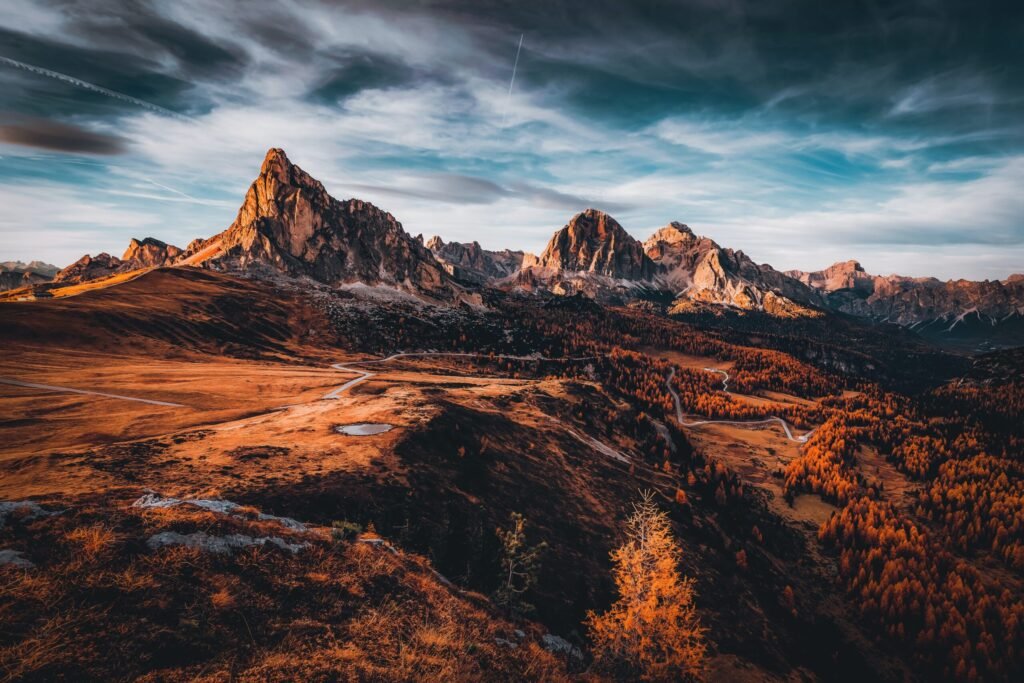Jul 3, 2024
How to Create Stunning HDR Photography
HDR photography, or High Dynamic Range photography, allows you to capture a wide range of tones in a single image, from deep shadows to bright highlights. Mastering HDR techniques can elevate your photography to new heights, revealing details and colours that traditional photography might miss. This guide will walk you through the steps to create stunning HDR photos that impress viewers with their depth and clarity.

Understanding HDR Photography Basics
To create stunning HDR photography, it’s essential to understand the basics of HDR and why it’s beneficial for certain scenes:
HDR merges multiple exposures of the same scene, typically three or more, to create a single image with balanced exposure throughout.
The technique is ideal for scenes with high contrast between light and shadow, such as landscapes with a bright sky and dark foreground.
By blending different exposures, HDR enhances details in both shadows and highlights, resulting in a more realistic and visually appealing image.
Choosing the Right Equipment
While HDR photography can be achieved with various cameras, having the right equipment can streamline the process and improve results:
Use a DSLR or mirrorless camera capable of bracketing exposures automatically. This feature simplifies capturing multiple exposures needed for HDR.
A sturdy tripod is essential to keep your camera stable during the bracketing process, ensuring alignment of images for seamless blending.
Consider a wide-angle lens for landscapes or a standard zoom lens for versatility in capturing different scenes.
Capturing HDR Images: Step-by-Step Guide
Follow these steps to capture stunning HDR images:
- Set Your Camera to Bracketing Mode: Enable auto-bracketing on your camera to take multiple exposures automatically. Adjust the exposure compensation to control the range of exposures.
- Choose Your Scene: Select a scene with high contrast, such as a landscape with bright skies and shaded foregrounds.
- Compose Your Shot: Frame your shot and ensure your camera is securely mounted on a tripod.
- Capture Bracketed Exposures: Press the shutter button, and let the camera capture a series of exposures at different brightness levels.
- Post-Processing HDR Images
Once you’ve captured your bracketed exposures, follow these steps to create stunning HDR images:
- Merge Exposures: Use HDR software like Adobe Photoshop or Lightroom to merge your bracketed exposures into a single HDR image. Adjust settings for tone mapping to achieve the desired look.
- Adjust Tone Mapping: Fine-tune settings such as exposure, contrast, highlights, shadows, and saturation to enhance details and colors while maintaining a natural appearance.
- Refine Your Image: Use selective adjustments to target specific areas of the image, balancing tones and enhancing details further.
- Final Touches: Apply sharpening and noise reduction as needed to polish your HDR photo for a professional finish.
Tips for Stunning HDR Photography
To create truly stunning HDR photography, consider these tips:
- Natural Look: Aim for a natural-looking HDR image that preserves details without appearing overly processed.
- Use HDR Sparingly: Not every scene benefits from HDR. Choose scenes with significant contrast to make the most of HDR techniques.
- Experiment with Different Scenes: HDR can be applied to various genres, from landscapes to architecture. Experiment with different subjects to hone your HDR skills.
- Practice Patience: HDR photography requires careful planning and post-processing. Take your time to capture and refine each HDR image.
Conclusion
In conclusion, HDR photography opens up new creative possibilities by capturing a wider range of tones and details than traditional photography. By understanding the basics, choosing the right equipment, and following a systematic approach to capture and process HDR images, you can create stunning photographs that captivate viewers with their clarity and depth. Embrace HDR as a tool to enhance your photography skills and showcase scenes in all their dynamic glory.
More Details